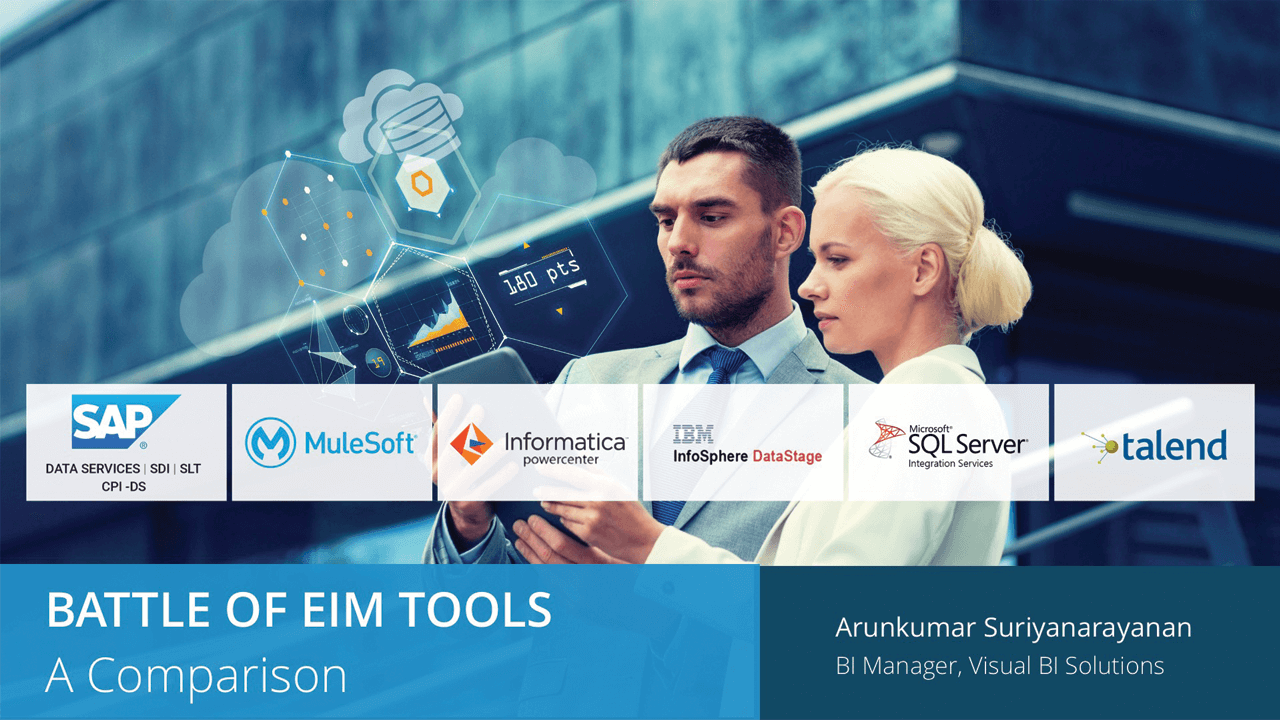What’s happening in the Data Integration space?
In this digital era, the Enterprise data is exploding and the need for data intensive computing keeps growing each day; more so in the space of data mining and analytics. Also the consolidated EIM/ETL tool offerings from different vendors have become almost similar and the difference in the capabilities are marginal.
We embarked on a journey to study the latest and bleeding trends in Data integration space. In the exploration of trends, we discussed the
- Evolution of data integration tools
- Challenges in Data Integration
- Changing expectations in DI
- Unstructured Integration
- Data Lakes
- Hybrid Landscape management
- ODATA, API Support in Data Integration
Following that, we decided to compare and contrast the capabilities of leading offerings in the market.
The above tools were briefly discussed and two of the leading data integration platforms – Microsoft Azure Data Factory and SAP Data Hub were also explored on the sophisticated capabilities they deliver to enterprise consumers perspective.
From a comparison perspective, 7 key evaluation criteria were chosen for comparison of the tools namely – Connectivity, Transformation, Data Quality, Big Data Integration, Cloud based offering, Real time capability & Scalability.
The EIM/ETL tools covered were,
SAP Shop Tools: SAP Data Services ( SAP DS/BODS), SAP SDI, SLT, CPI-DS
Non-SAP Tools: Informatica Powercenter, IBM DataStage, SSIS, Talend and Mulesoft
Apart from differentiating based on the aforementioned criteria, a comparison on operational resilience capabilities of these tools were also discussed, the quick data sheet is shown below for reference,
Hope some of our practitioner wisdom which would help in guiding an enterprise on:
- Choosing a Data Integration tool,
- Consolidating Data Integration tools in existing landscape
- Thinking points that determine tool fit into existing landscape
- Streamlining Data Integration processes to create a robust DI strategy.





